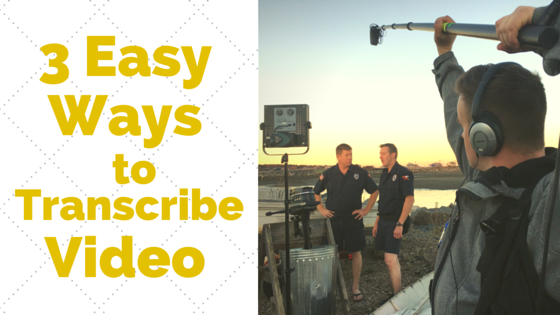

3 Easy Ways to Transcribe Video
Why should you transcribe video?
Before we discuss how, let me answer the why
You just spent all...


Why should you transcribe video?
Before we discuss how, let me answer the why
You just spent all...


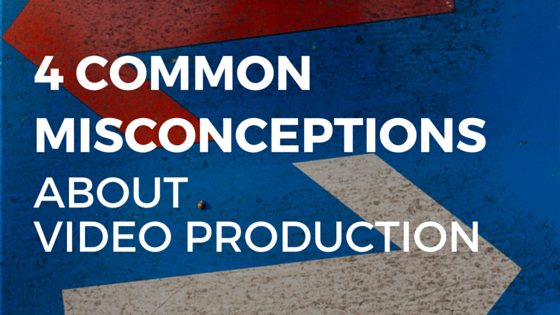

]Businesses small and large are creating and distributing video content more than ever.
Despite its...
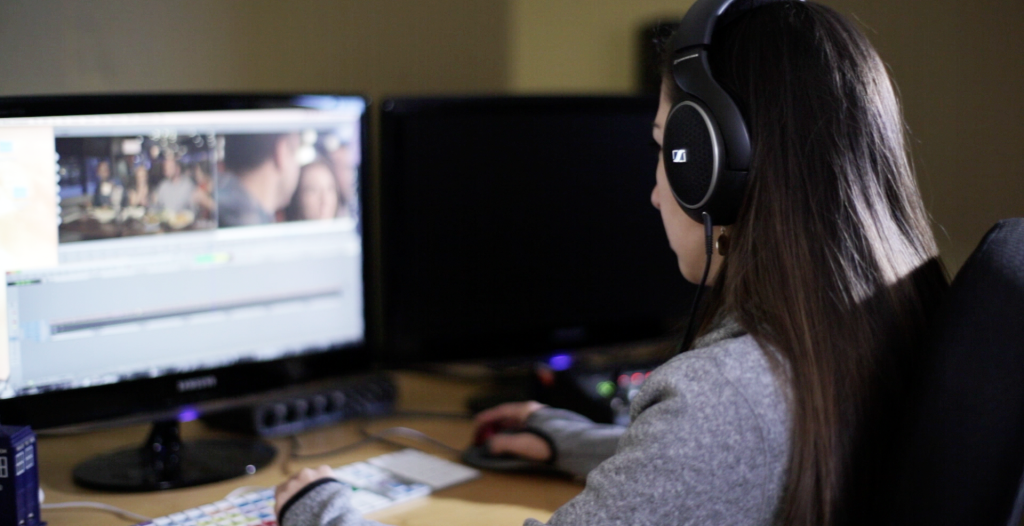

Back in the day when I was producing weekly shows in Colombia, I remember putting all my faith in...



There’s a lot riding on the pilot. This single episode needs to present...


Great news! According to Aberdeen's 2015 Marketing Report, marketers have significantly shifted...
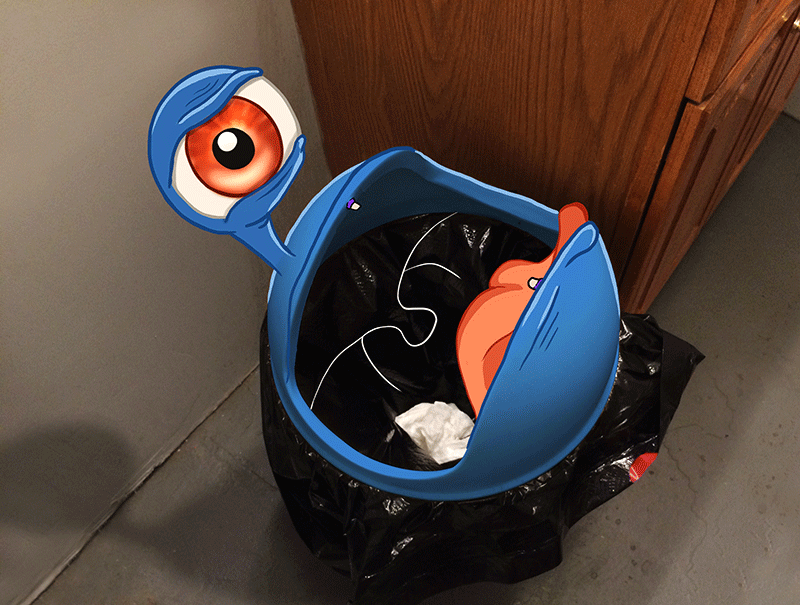

We built the ultimate creative work space when we moved into the 8,000 square foot industrial space...
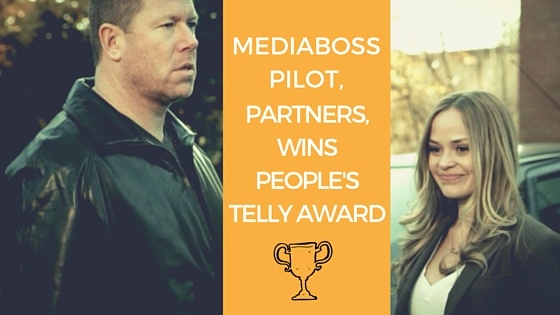

Original Press Release Published Here
FOR IMMEDIATE RELEASE
Framingham, MA September 9, 2015 - The...
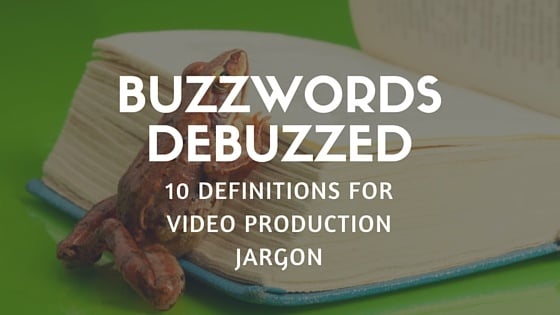

The first time I was on set I was a writer at the Boston Herald but transitioning to the Video...